channels
خانه > channels
What is a stud?
In the construction industry and the construction of structures such as bridges, beams, columns, stairs and similar items, we deal with angles, rebars, iron beams and other materials, but those who do business in this industry should be more detailed than them, such as weight, height and amount of load. Know what they can tolerate so that they don’t get into trouble later.
In the following article, we are going to introduce you to one of the construction tools so that you can get complete and accurate information about the production of studs or the construction of structures and projects. If you are interested in building materials or intend to build with studs; This article is for you and you can stay with us until the end, don’t forget that this article will keep you away from the possibility of mistakes in the calculation of stud weight.
In general, in the definition of what is a stud, we can say that a stud is one of the steel pieces that is classified as an open profile. The structure of the open profile consists of a horizontal surface, which is called John, and two vertical surfaces, which are called wings.
If we want to take a look at the history of studs, it goes back to the early 20th century. During the Second World War, gutters were used as one of the steel sections in building construction, and after the end of World War II, steel manufacturing factories expanded rapidly, and for this reason, the production of gutters also increased significantly. They are made in different types and shapes and also have different dimensions and weights which are named according to them.
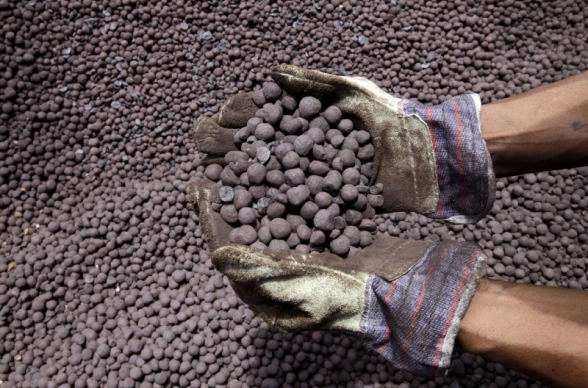

Types of studs
We said that studs are produced in different shapes and appearances; For this reason, we intend to mention the types of studs in this section. During classification and division, studs are examined in terms of production process and appearance. According to the production process, studs are classified into the following types:
- Rolled gutter
- Navdani Percy
- Industrial gutter
Rolled studs of heated raw ingots are produced by passing through rollers that are subjected to rolling, and also pressed studs are produced by pressing sheets of six meters in length; Of course, it may also be made in custom sizes.
We can classify the types of studs into the following groups in terms of appearance:
- Heavy gutter
- Light gutter
- Simple gutter
- mesh gutter
Simple studs are often used in the construction industry and their size is between 8 and 16 meters; But mesh studs are made of galvanized sheet and they are used to make metal shelves.
Industrial gutter
In this section, we are going to describe the industrial stud in full and in more detail, so that you can fully familiarize yourself with this type of stud. Due to its U-shaped cross-sectional area, the industrial stud is included in the category of open profiles; As we said in the first part of the article, these studs have two parts, they have a horizontal surface called John and two vertical surfaces called wings, whose wings are placed perpendicularly to John.
The difference between these studs is usually in the size and shape of the wings, industrial studs are considered to be open profiles and are produced from different materials and are offered to customers in various sizes and heights. Now you should also familiarize yourself with the use of industrial studs. In the construction industry, it is used to build load-bearing bridges and other structures.
Heavy gutter
Now a question has been raised, what is a heavy stud, and we intend to describe its concept correctly in an explanation. The heavy stud is one of the types of studs, which, as its name suggests, has a weight according to the Stahl standards table.
Heavy studs have more thickness and weight than other studs, and this has caused heavy studs to be used in industrial works such as making beams, columns, trusses, etc.
Heavy studs are made in European countries under the names of UPN and UPE and are known as heavy studs in Iranian markets, these studs are produced according to the DIN1026 standard and their types and dimensions vary from 40 to 400 mm, the price of heavy studs is It is calculated according to their weight.
Therefore, we know very well what studs are used for and what their naming and classification is based on, in the following we will describe another example of studs, which is the most common studs.
Light Gutter
Now we are going to answer the question of what is style stud. The features and characteristics of light studs are completely opposite to heavy studs. A light stud is a type of steel product, which at the time of production, its weight is less than the standards of the Stahl table, which is given in the following topics of the article.
Light studs are often produced by factories in Iran and Russia, which comply with the GOST standard. In the section of heavy studs, we said that they are used to make beams and columns; But due to its light weight, light studs are only used in the construction of stairs, restoration of buildings and construction of small construction equipment with iron beam, rebar, angle and sponge iron.
In short, light studs, as their name suggests, are only used in the construction of projects and structures, they do not have a heavy load and must bear a light load.

Light stud price list
| Product name | size | Measurement | weight | Price |
| Gutter 8 length 6 meters | 8 | 6 meters | 42 kg | Call |
| Gutter 8, 12 meters long | 8 | 12 meters | 83 kg | Call |
| Gutter 10 length 6 meters | 10 | 6 meters | 52 kg | Call |
| Gutter 10, length 12 meters | 10 | 12 meters | 102 kg | Call |
| Gutter 12 length 6 meters | 12 | 6 meters | 62 kg | Call |
| Gutter 12, length 12 meters | 12 | 12 meters | 125 kg | Call |
| Gutter 14, length 6 meters | 14 | 6 meters | 74 kg | Call |
| Gutter 14, length 12 meters | 14 | 12 meters | 145 kg | Call |
| Gutter 16, length 6 meters | 16 | 6 meters | 82 kg | Call |
| Gutter 16, length 12 meters | 16 | 12 meters | 175 kg | Call |
| Gutter 18, length 6 meters | 18 | 6 meters | 100 kg | Call |
| Gutter 18, length 12 meters | 18 | 12 meters | 200 kg | Call |
| Gutter 20, length 6 meters | 20 | 6 meters | 112 kg | Call |
| Gutter 20, length 12 meters | 20 | 12 meters | 225 kg | Call |
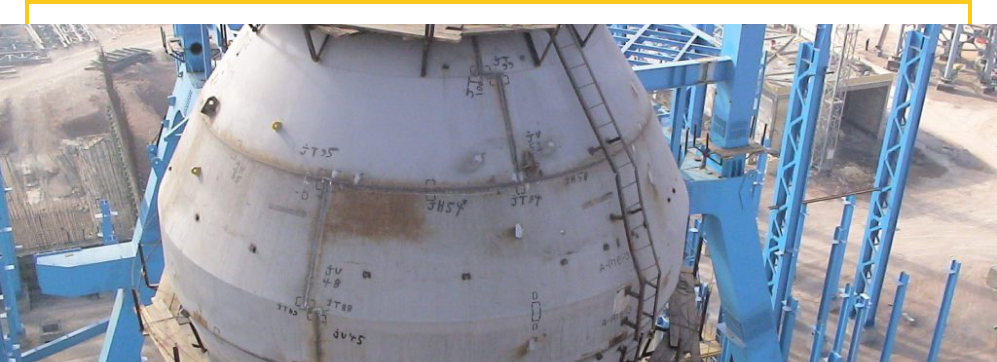
Price list of heavy studs (industrial)
| Product name | size | Measurement | weight | Price |
| Gutter 8 length 6 meters | 8 | 6 meters | 54 kg | Call |
| Gutter 8, 12 meters long | 8 | 12 meters | 107 kg | Call |
| Gutter 10 length 6 meters | 10 | 6 meters | 62 kg | Call |
| Gutter 10, length 12 meters | 10 | 12 meters | 124 kg | Call |
| Gutter 12 length 6 meters | 12 | 6 meters | 83 kg | Call |
| Gutter 12, length 12 meters | 12 | 12 meters | 165 kg | Call |
| Gutter 14 length 6 meters | 14 | 6 meters | 98 kg | Call |
| Gutter 14, length 12 meters | 14 | 12 meters | 195 kg | Call |
| Gutter 16, length 6 meters | 16 | 6 meters | 113 kg | Call |
| Gutter 16, length 12 meters | 16 | 12 meters | 225 kg | Call |
| Gutter 18, length 6 meters | 18 | 6 meters | 133 kg | Call |
| Gutter 18, length 12 meters | 18 | 12 meters | 265 kg | Call |
| Gutter 20, length 6 meters | 20 | 6 meters | 155 kg | Call |
| Gutter 20, length 12 meters | 20 | 12 meters | 310 kg | Call |
Buy studs
Stud Price
As we said, the purchase and price of studs depends on many factors. Stud pricing is done according to the weight, dimensions and height of the studs. For example, a stud 600×600, weight 24 to 30 kg and a height of 6 meters is 29,000 Tomans, and a stud 6000×160, weight 170 kg and a height of 6 meters is 29,500 Tomans. The price of these studs is 27,000 Tomans at Shkofete Stud Production Factory in Mashhad. In the last few years, due to the increase in the price of iron, the lack of scrap iron in the market is felt strongly. In addition, as in the past, steel and iron sheets are no longer produced in large iron smelting complexes and steel industries. Large and small complexes have been created that do almost the same work as iron smelting and industries. This can reduce the amount of iron scrap in the market. Sponge iron is widely used in the production of wrought or rolled iron. In steel production complexes, sponge iron is poured into blast furnaces and used as the main material for steel sheet production.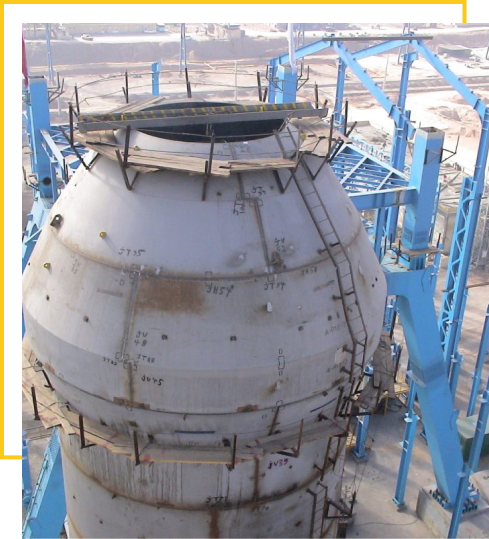

Stud production factory
A stud is a type of steel section that is used in the construction of structures and projects in different sizes and weights. English U-shaped stud corner, which are produced and named in different shapes and sizes according to the features, weight specifications. In the previous parts of the article, we explained in detail about the types of studs, including simple, pressed, industrial, mesh, light and heavy, so that you can get to know the unique features and characteristics of each one individually.
In this section of the content, we want to introduce you to stud production factories so that if you intend to buy studs, you will know how you can prepare studs. At present, Tabriz Nab stud production factory, Shokfete Mashhad stud production factory, Manzomeh Saba steel factory, Arian steel factory, Saba steel factory, Kian steel Abhar, Kohpayeh and Noord Sajjad steel are among the stud manufacturing factories in the country.
Of course, it should not be said that for complete familiarization with stud manufacturing factories, the first place is for Nab factory in Tabriz, Shokfete Mashhad and Ahan Isfahan.
Nab Tabriz factory was established in 1382 and to produce its products, they use national standards with number 1-4477 and European standard DIN 1026-10:2009 for heavy studs and Russian standard GOST 824:1997 for light studs.
Shokfete Mashhad factory is another one of the best and most well-known manufacturers of studs in the country, Shokfete Mashhad factory produces light, heavy, short and long studs. The following standards are used in this factory:
DIN EN 10279
- DIN 1-26-1
- GOST 8240
- INSO 4477-1
- DIN EN 10056
- ISO 657-5
Another factory is Kohpayeh Steel Factory, which is famous for its spiral gutter products and was established in Isfahan province in 2012. This factory is able to produce studs in 3, 4, 5 and 6 cm sizes.
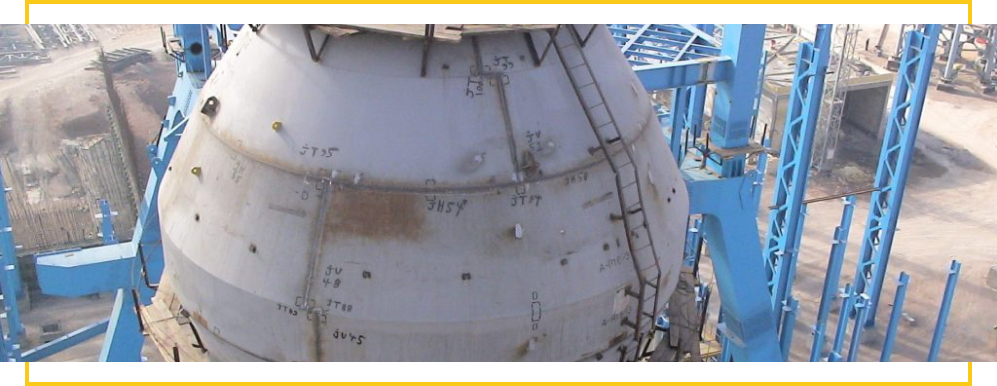

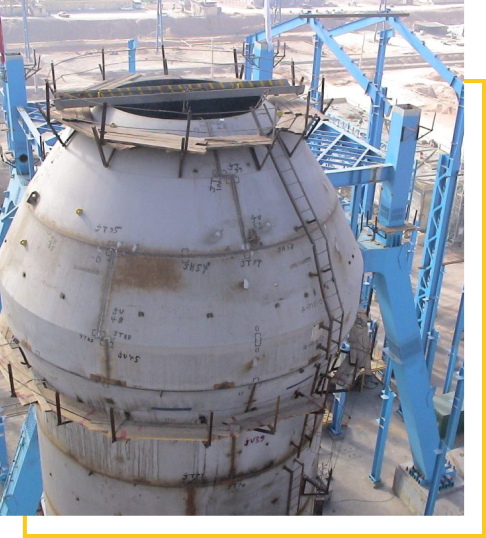
The use of studs in the construction industry
A stud is a U-shaped metal piece that is made and produced in different shapes and weights according to the customer’s order and the load. It was first used in the early 20th century during World War II, and after the end of the war, it was welcomed by most people. The weight, dimensions, and height of studs are made and produced according to the standards of the Stahl table, and if the weight is less than the standards, we can consider that stud as one of the light studs.
Stay in touch with us!
![Div [client_wrapper] (4)](https://tfaaco.com/wp-content/uploads/2024/09/Div-client_wrapper-4.png)
![Div [client_wrapper] (3)](https://tfaaco.com/wp-content/uploads/2024/09/Div-client_wrapper-3.png)
![Div [client_wrapper] (2)](https://tfaaco.com/wp-content/uploads/2024/09/Div-client_wrapper-2.png)
![Div [client_wrapper] (1)](https://tfaaco.com/wp-content/uploads/2024/09/Div-client_wrapper-1.png)
![Div [client_wrapper]](https://tfaaco.com/wp-content/uploads/2024/09/Div-client_wrapper.png)







